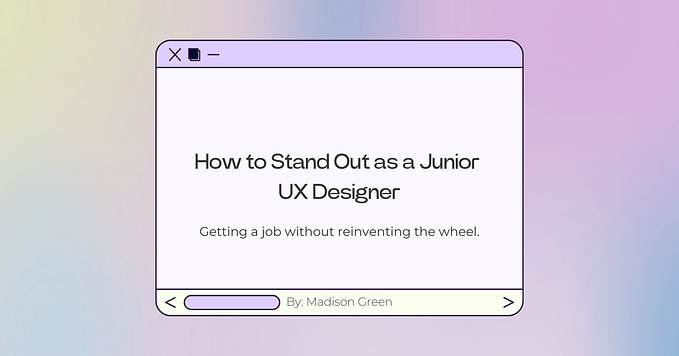Member-only story
The “thumb-driven design” and why UI is shifting down
Phone screens are getting bigger, and user interfaces are moving.

Trendwatching vs Trendmaking
Trendwatching has long been an essential and integral part of the work of any self-respecting designer. We follow trends to forecast the demand for new products and services, create the right brand development strategies, find promising market niches, anticipate consumer desires and further build an effective communication channel with them. Sometimes we observe fashion trends in order to go from the opposite.
Following trends or creating your own unique product without looking at anyone is a personal choice, sometimes quite a difficult one.
However, there is one example where the conscious use of a trend definitely makes sense — if it is based on the fact that the trend will be very useful, not solely on its visual or stylistic component, for example, in everything related to usability or environmental friendliness.
One of such trends is shifting the user interface down — so-called bottom navigation. There is the most well-known research on how users hold and operate mobile gadgets —is by Steven Hoober and Josh Clark.

Three basic handholds define smartphone use, and we often shift among them.
The essence of this is that in almost every case, the most common were the three main grips. 49% held phones with one hand, 36% held a phone in one hand and tapped with the finger or thumb of the other, and the remaining 15% took the BlackBerry prayer position with both hands, tapping both thumbs, says Josh Clark. Stephen Huber found that 75% of users touch the screen with just one thumb. So that’s where the concept “thumb-driven design” comes from.
When telephones were small, most areas were easy to reach. The top became nearly impossible to touch as our screens got without setting up the phone. “Grow your fingers”, thought some phone makers.








